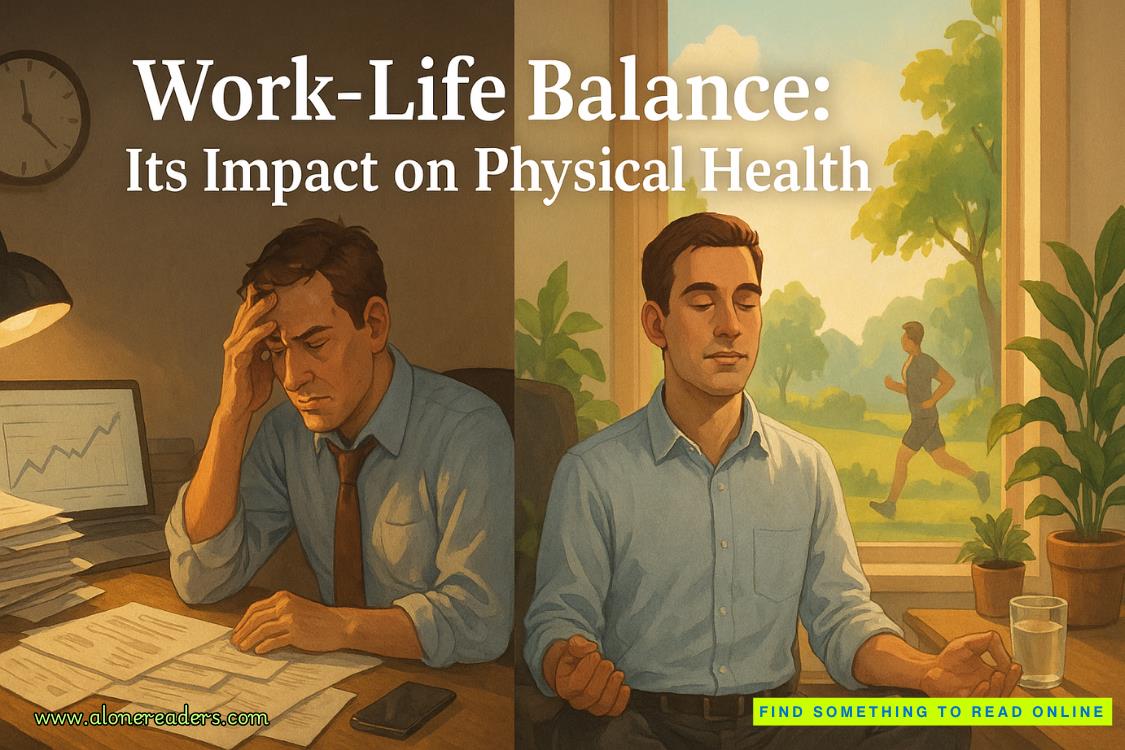Page 193 of Project Hail Mary
“Okay, don’t panic,” I tell myself. “Think clearly. Then act.”
The BOCOA is still hot. That means there’s a lot of living Astrophage still in there. I caught it early. That’s good. Not because of the BOCOA—it’s toast. I’ll never be able to sort out the Taumoeba from the Astrophage in there. But it means that however the heck the Taumoeba got in there, this is very recent and hopefully hasn’t reached the ship’s fuel.
Yes. That’s priority number one. Don’t let Taumoeba into the fuel bays. Last time they got in was because of various microscopic leaks in the system. But it had to have gotten there from the crew compartments where I had brought it aboard. There isn’t much overlap between the fuel system and the crew compartment. There’s just one place that’s the likely culprit for transfer.
Life support.
If the ship is too cold, it runs air across coils filled with Astrophage to warm it up. A breach in one of those coils would do it. Lucky for me I’ve had a big pile of 96°C Astrophage in the lab keeping the crew compartment so warm the ship has to use the air-conditioning system.
Okay, now I have a plan.
I scamper up the ladder to the control room. I bring up the Life Support panel and look at the logs. As I suspected, the heater hasn’t been turned on in over a month. I deactivate the heater entirely. It shows as disabled, but I don’t trust it.
I go to the primary breaker box. It’s under the pilot’s seat. I find the breaker for the heating system and flick it off.
“Okay,” I say.
I get back in the seat and check the Fuel panel. The fuel bays all seem to be in good shape. The temperature is correct. It wouldn’t take long for Taumoeba to run wild and eat everything in a fuel bay—I know that for darn certain. If they were affected, they’d be colder than that.
I bring up the spin-drive controls and shut the engines off. The floor drops out from under me as I return to weightlessness. I probably don’t need to shut them off, but for now I don’t want the fuel doinganything. If there’s Taumoeba in a fuel line, I want it to stay there, not get pumped all over the ship.
“Okay…” I say again. “Okay…”
More thinking.
How did it get loose? Isterilizedevery part of this ship with nitrogen before getting a gram of Astrophage from Rocky. The only Taumoeba aboard are in the sealed mini-farms on the beetles and the sealed,xenonitebreeder tanks.
No. No time for science questions. I can speculate on the cause later. Right now I have an engineering problem. I wish Rocky were here.
I always wish Rocky were here.
“Nitrogen,” I say.
I don’t know how the Taumoeba got out, but I need them dead. Taumoeba-82.5 can handle 8.25 percent nitrogen at 0.02 atmospheres. Maybe a little higher. But it definitely can’t handle 100 percent nitrogen at the crew compartment’s 0.33 atmospheres. That works out to betwo hundred timesits lethal dose of nitrogen.
I float to the breaker box and shut off everything related to life support. Immediately, the emergency alarm sounds and red lights turn on. I kick across the control room to the emergency system’s breaker box and shut those all off as well.
The master alarm is annoying, so I silence it on the main interface panel.
I fly down to the lab and throw open my gas cylinder supply cupboard. I have about 10 kilograms of nitrogen gas in a single canister. Again, I owe my life to DuBois’s preferred method of suicide.
I don’t remember all the details about the life-support system, but I know it has manual overpressure valves. The ship simply will not allow more than 0.33 atmospheres. If all else fails (which it will, because I shut the emergency systems down), it’ll vent excess pressure into space.
I can’t just release the nitrogen and hope for the best. I want to get rid of the existing oxygen first. I’m through messing around with this stuff. I want 100 percent nitrogen in here. I want to make this ship so utterly toxic to Taumoeba that it has no chance of survival. Even if it’s hiding under some goop somewhere—I want the nitrogen to suffuse through it. Nitrogen everywhere. Everywhere!
I grab the nitrogen cylinder, kick off the floor, and float back up to the control room. I throw open the airlock inner door and get into the Orlan suit faster than I ever have in the past. I boot everything up and don’t even bother with the self-check. No time.
I leave the inner airlock door open and turn the manual emergency valve on the outer door. The ship’s air hisses away into space. The primary and emergency life-support systems are powered down. They are unable to replace the lost gas.
Now I wait.
—
It takes a surprisingly long time for a ship to lose all its air. In movies, if there’s a little breach everyone dies immediately. Or the muscular hero guy plugs the hole with his biceps or something. But in real life, air just doesn’t move that fast.
The emergency valve on the airlock is 4 centimeters across. Seems like a pretty big hole to have in your spaceship, right?
It took twenty minutes for the ship’s air pressure to drop to 10 percent of its original value. And it’s dropping very slowly now. I think it’s a logarithmic function. So in the middle of this emergency, I just have to stand here with my tank in my hand.















